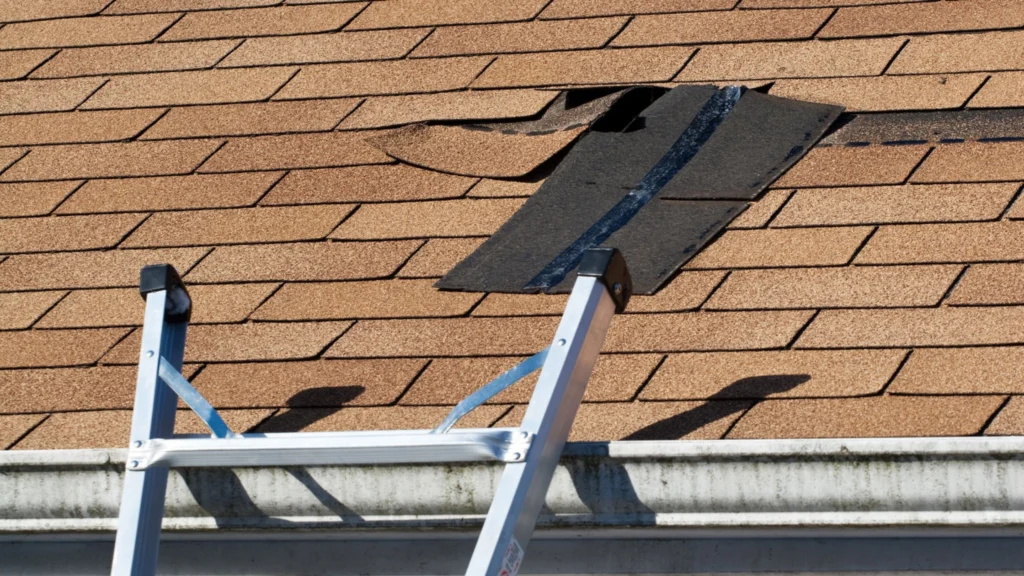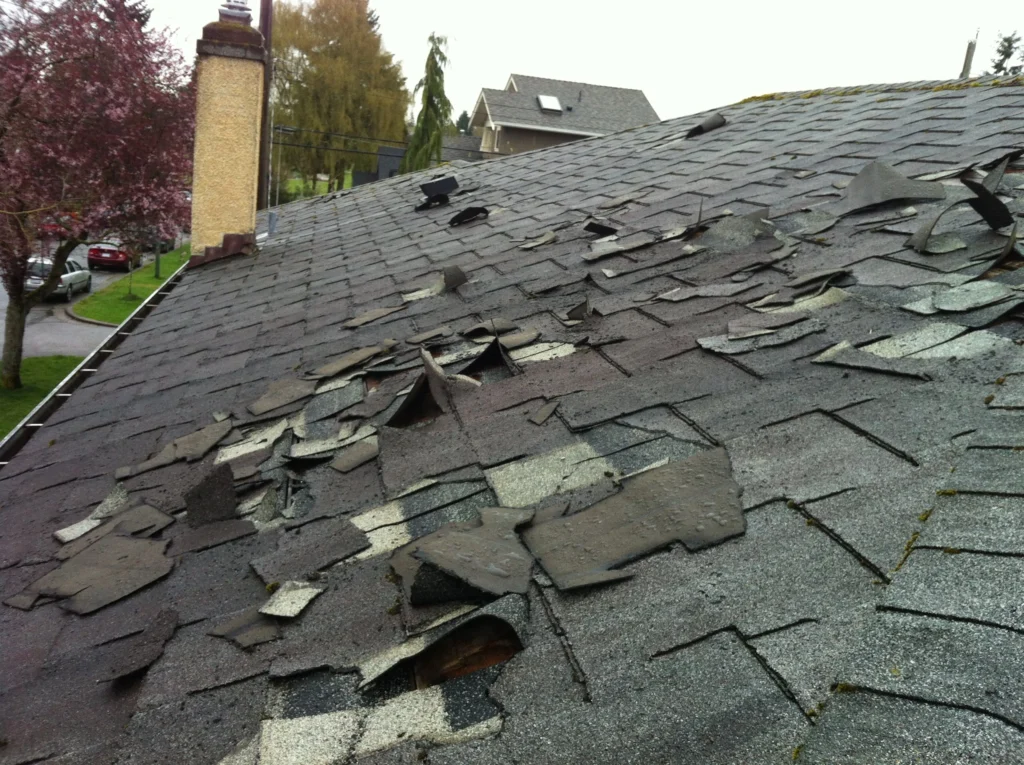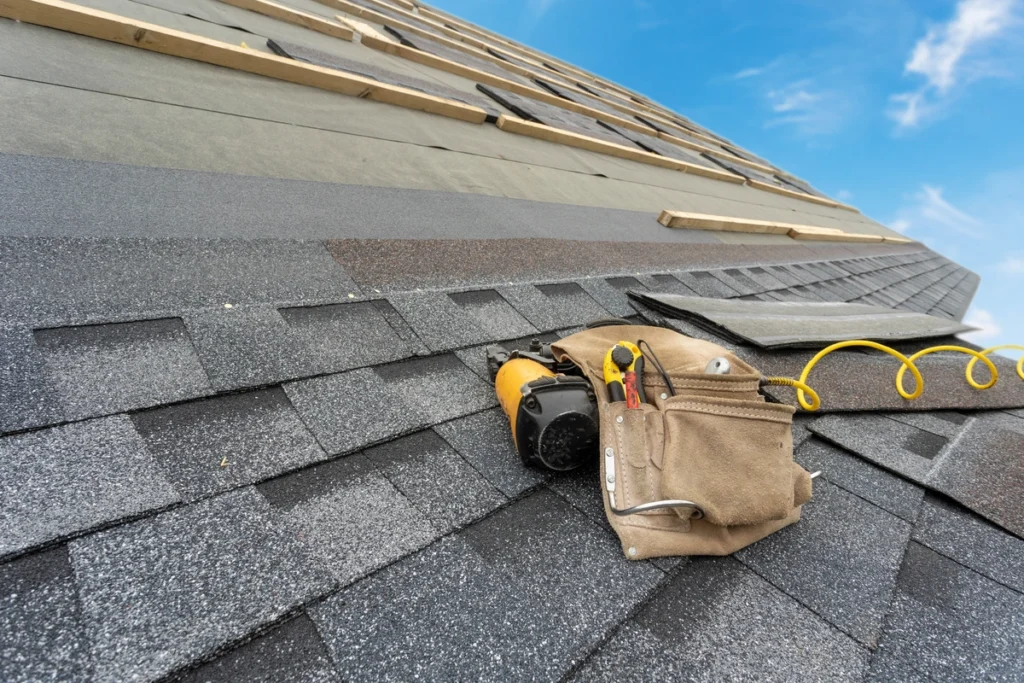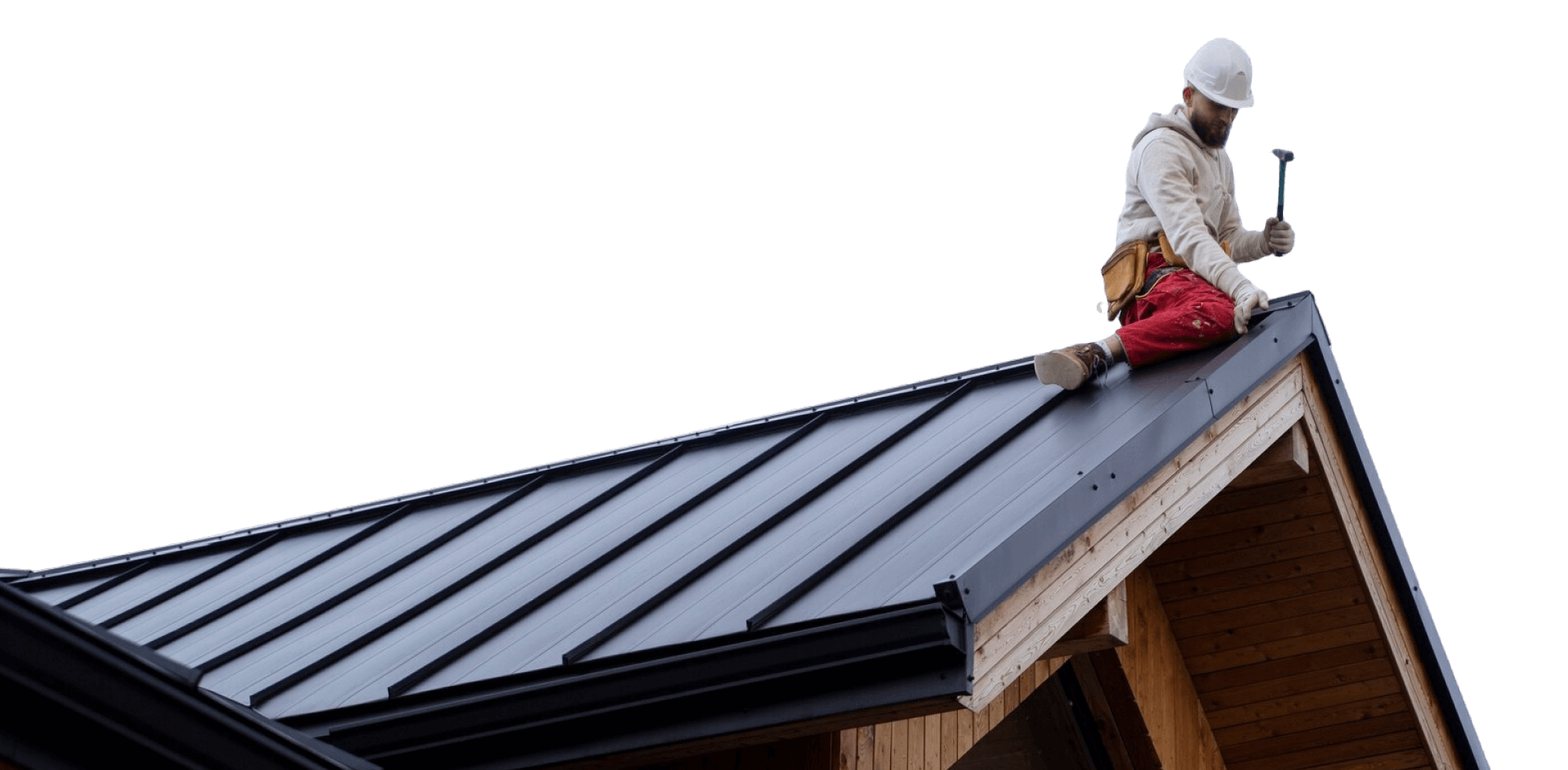How Do You Pay for a New Roof? 7 Smart Ways to Afford a Roof Replacement
Replacing a roof is one of the most significant investments you’ll make as a homeowner. While it’s essential for protecting your home and maintaining its value, the cost can be a heavy burden, often ranging anywhere from $5,000 to $25,000 or more, depending on the size, material, and complexity. So, how do you pay for roof replacement when you’re not sitting on a pile of savings?
The good news is that there are more options than simply handing over a wad of cash. Whether you’re facing an emergency repair or planning a proactive upgrade, this guide walks you through seven smart ways to afford a new roof without draining your bank account. From insurance claims and savings strategies to loans and contractor financing, let’s explore your best options.
Maximize Your Insurance Coverage for Roof Replacement

Understanding Insurable Damage
One of the most overlooked avenues for roof replacement funding is your homeowner’s insurance. If your roof has suffered storm damage — from hail, wind, or falling trees — your insurance policy may cover all or part of the cost. This doesn’t apply to normal wear and tear or an aging roof that has simply reached the end of its life. That’s why it’s important to understand what’s covered and what’s not.
Insurance will generally only pay for roof replacement if:
- The damage was caused by a sudden, unforeseen event (like a hailstorm or lightning strike).
- The cause is included under your policy’s “covered perils.”
- You report and file the claim within a specified timeframe.
7 Steps to a Successful Insurance Claim
- Document the Damage Thoroughly
Take clear photos and videos of the damage as soon as possible — ideally from the ground or a drone to avoid personal risk. - Review Your Insurance Policy
Go over your homeowner’s insurance documents to see what’s covered. Pay close attention to exclusions for things like “cosmetic damage” or older roofs. - Contact Your Insurance Company Promptly
The sooner you report the damage, the better. Some policies have tight deadlines for reporting storm damage. - Get a Professional Inspection
Call in a trusted roofing contractor like Proper Roofing to perform a professional inspection. They can help identify all the damage and assist in preparing your claim. - Supplement the Estimate If Necessary
If your insurer underestimates the cost, your contractor can file a supplement to account for additional materials or labor. - Approve the Work Scope and Proceed with the Job
Work with a contractor who will stick to the insurance-approved scope and ensure all work meets or exceeds code. - Submit Final Documents and Secure Your Payout
Once the job is complete, submit all final invoices to receive the rest of your claim money.
Always keep a copy of every email, receipt, and written communication — just in case there’s a dispute.
Alternative Ways to Finance Your New Roof
Saving Up for a New Roof
Saving is the most cost-effective route — no interest, no debt, and full control. If your roof doesn’t need immediate replacement, start a dedicated savings fund. Set a timeline, budget accordingly, and consider using a high-yield savings account to accelerate your savings with interest. Even small, consistent contributions add up over time.
Leveraging Home Equity
If you have equity in your home, a Home Equity Loan or Home Equity Line of Credit (HELOC) can offer favorable terms with lower interest rates. These loans use your house as collateral, so repayment is critical. They’re ideal for homeowners with good credit and long-term plans to stay in their homes.
Personal Loans for Roofing Costs
Personal loans can be an attractive option, especially for those without enough home equity. They’re unsecured, meaning you don’t risk losing your home, and offer fast approval and fixed monthly payments. However, interest rates can vary widely depending on your credit score, so always compare lenders and read the fine print.
Roofing Company Financing Options
Many roofing companies, including Proper Roofing, offer in-house financing or work with third-party lenders. These financing plans are often flexible, offering low or zero interest for a promotional period. Just make sure to compare interest rates and repayment terms with other financing options to ensure you’re getting the best deal.
Choose the Best Payment Option for You
Assess Your Financial Health
Start by evaluating:
- Your monthly budget
- Current debts
- Credit score
- Emergency fund balance
Being honest with yourself about what you can realistically afford each month will help you avoid unnecessary stress or financial strain.
Consider the Urgency of the Roof Replacement
If your roof is actively leaking or structurally failing, you may not have time to save up or compare long-term financing. In those cases, insurance claims, contractor financing, or personal loans can provide quick relief.
If you’re planning for the next 6–12 months, saving or applying for a low-interest HELOC may be more cost-effective.
Compare Interest Rates and Loan Terms
Not all financing is created equal. Make sure to:
- Compare APRs, not just monthly payments
- Review fees and penalties
- Look at the total repayment cost over time
Even a 2–3% difference in interest can add up to hundreds or thousands over the life of a loan.
Get Multiple Roofing Estimates

Before you commit to any payment plan, be sure to get at least three quotes from reputable contractors. Look beyond price — consider the quality of materials, warranties, experience, and client reviews. Companies like Proper Roofing offer free estimates and guidance through every financing step.
Bonus Tip: Combine Financing Options for Flexibility
You’re not limited to just one payment method. Some homeowners successfully use a mix of insurance payouts, personal savings, and small loans to manage costs without overextending any one resource. A combination approach gives you more flexibility and often results in a better deal overall.
For example:
- Insurance covers 60%
- You contribute 20% from savings
- A personal loan covers the remaining 20%
This blended method can help minimize debt while still getting the job done quickly.
A Smart Roof is a Smart Investment
A roof is more than just shingles — it’s your home’s first line of defense against the elements and a major contributor to its value and energy efficiency. While the cost can feel overwhelming, you have multiple tools at your disposal to make it manageable. Whether it’s tapping into your insurance, exploring loan options, or financing through a trusted roofing company, there’s a path that fits your needs and budget.
Get the Roof You Need Without the Stress
If you’re wondering how to afford your next roof replacement, let Proper Roofing be your guide.
- Contact us today for a FREE estimate and expert inspection.
- We’ll help you navigate insurance claims and find the best financing option for your needs.
- Download our free roofing budget planner to get started.
- Need help deciding? Ask our Surrey Roofing team about special promotions and financing plans.
- Stay in the know — sign up for our newsletter packed with expert home tips, seasonal maintenance checklists, and cost-saving strategies.
Check out our social media pages below:
Check out some of our blogs to help with your Roofing needs:
How Much to Replace Fascias and Soffits


